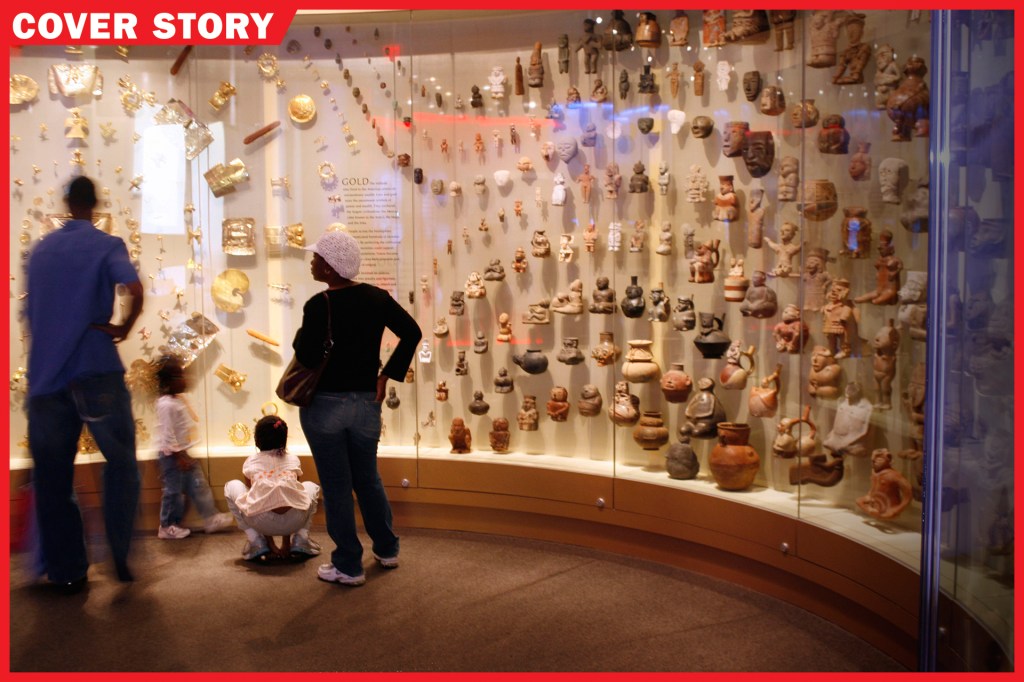
Note: This article may be sensitive to Hopi people.
The Native American exhibit at the Ethnological
ethnology
 YONGYUAN DAI/GETTY IMAGES
a branch of science that studies and compares different cultures
(noun)
Frances studied abroad in Tokyo, Japan, as she worked toward a degree in ethnology.
Museum in Berlin, Germany, has hundreds of items on display. They include clay pots and woven baskets. Many of the items were collected in the 1880s from the Chugach region of Alaska.
YONGYUAN DAI/GETTY IMAGES
a branch of science that studies and compares different cultures
(noun)
Frances studied abroad in Tokyo, Japan, as she worked toward a degree in ethnology.
Museum in Berlin, Germany, has hundreds of items on display. They include clay pots and woven baskets. Many of the items were collected in the 1880s from the Chugach region of Alaska.
But at a ceremony this past spring, nine items from the collection were returned to Alaska’s Native community. They included wooden burial masks and a baby basket. The items had been stolen from a gravesite.
“At the time, these objects were taken without the consent
consent
 DAMIRCUDIC/GETTY IMAGES
permission
(noun)
Students must have a parent's consent to go to the aquarium.
of the Alaska Natives,” Hermann Parzinger, a museum official, said at the May 16 event. “So they do not belong in our museums.”
DAMIRCUDIC/GETTY IMAGES
permission
(noun)
Students must have a parent's consent to go to the aquarium.
of the Alaska Natives,” Hermann Parzinger, a museum official, said at the May 16 event. “So they do not belong in our museums.”
John Johnson accepted the objects. He represents the Chugach Alaska Corporation. He helps reclaim items that belonged to his ancestors.
A Way Forward
In the past, museums hired explorers to collect American Indian objects. Burial grounds were off-limits. Some explorers bought items from Native people. Some traded for them. Others pilfered
pilfer
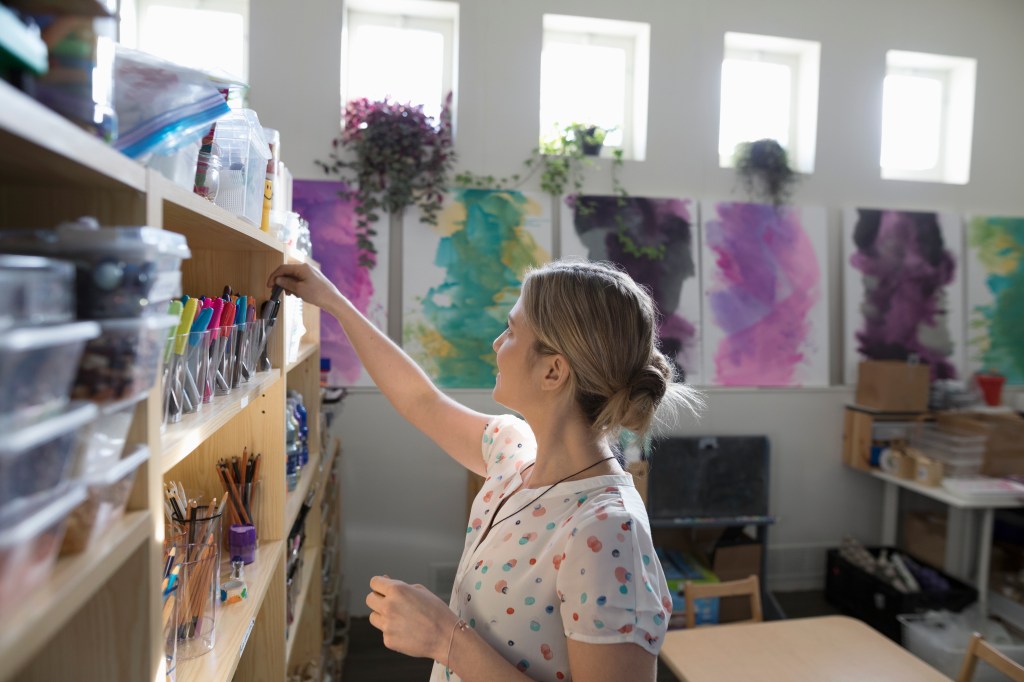 HERO IMAGES/GETTY IMAGES
to steal, especially in small quantities over time
(verb)
She pilfered paper clips and pens from her office.
gravesites. They even stole human bones.
HERO IMAGES/GETTY IMAGES
to steal, especially in small quantities over time
(verb)
She pilfered paper clips and pens from her office.
gravesites. They even stole human bones.
In 1990, the U.S. Congress passed the Native American Graves Protection and Repatriation
repatriation
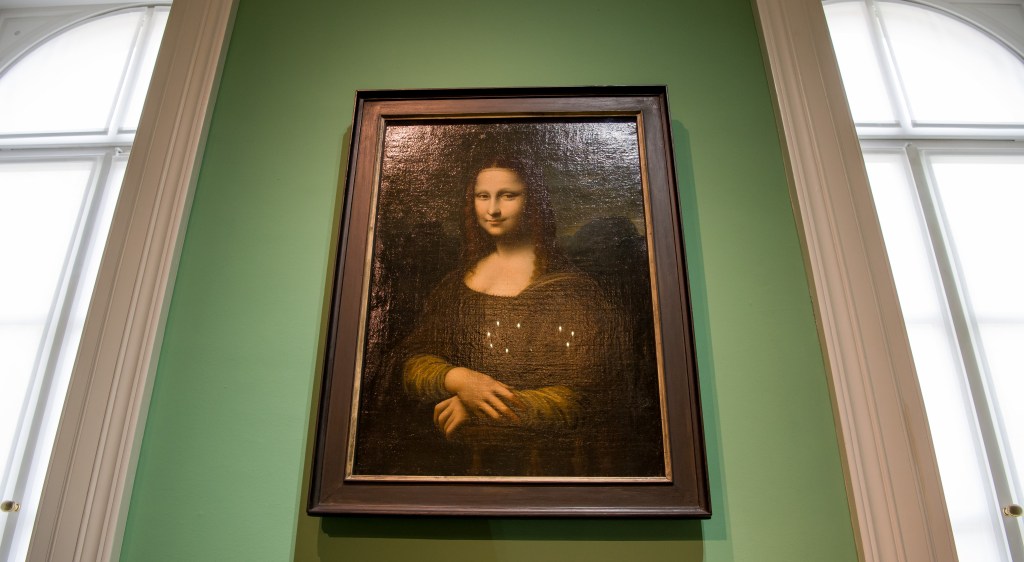 PETER KNEFFEL/PICTURE ALLIANCE—GETTY IMAGES
the act of returning an object to its country of origin
(noun)
Some art experts argue for the repatriation of the Mona Lisa to Italy, where it was painted.
Act. It lets tribes reclaim important items kept in American museums. But the law does not apply outside the United States.
PETER KNEFFEL/PICTURE ALLIANCE—GETTY IMAGES
the act of returning an object to its country of origin
(noun)
Some art experts argue for the repatriation of the Mona Lisa to Italy, where it was painted.
Act. It lets tribes reclaim important items kept in American museums. But the law does not apply outside the United States.
In 2013, dozens of Hopi objects were sold in France. Members of the Hopi tribe tried to stop the sale. They said the objec represented the spirits of their ancestors. But France does not have laws banning the sale of such objects.
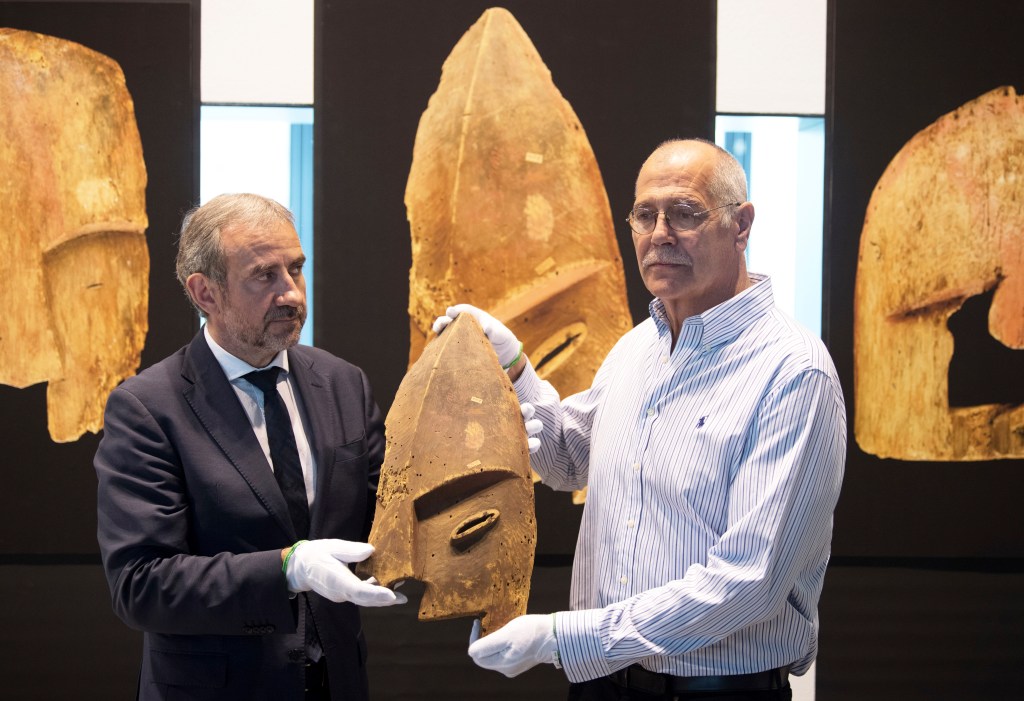
LONG-AWAITED REUNION John Johnson (right) receives a burial mask in Berlin.
RALF HIRSCHBERGER/PICTURE ALLIANCE/GETTY IMAGESChange could be on the horizon. “There is a movement in some countries to tackle the issue,” Sally Yerkovich told TIME for Kids. (See “Home at Last.”) She runs the Institute of Museum Ethics
ethics
 WESTEND61/GETTY IMAGES
a set of rules for behavior based on ideas about what is right and wrong
(noun)
Because my personal ethics demand that I do not harm animals, I am a vegetarian.
. She helps museums figure how best to show cultural items.
WESTEND61/GETTY IMAGES
a set of rules for behavior based on ideas about what is right and wrong
(noun)
Because my personal ethics demand that I do not harm animals, I am a vegetarian.
. She helps museums figure how best to show cultural items.
In 2015, John Johnson traveled to Berlin. He met with curators at the Ethnological Museum. Together, they agreed that the nine items should be returned to Alaska. “They weren’t mandated
mandate
 CAIAIMAGE/SAM EDWARDS—GETTY IMAGES
to officially demand something
(verb)
The principal mandated that students wear uniforms.
to give these items back,” Johnson said. “Their conscience told them that it was the right thing to do.”
CAIAIMAGE/SAM EDWARDS—GETTY IMAGES
to officially demand something
(verb)
The principal mandated that students wear uniforms.
to give these items back,” Johnson said. “Their conscience told them that it was the right thing to do.”
Eventually, the items will be given to a Chugach tribe. They will be displayed at a local museum to teach Alaska’s history. Johnson says this is just one of the outcomes of building relationships with museums. “The best part about it,” he says, “is it encourages other museums to work closely with tribes. That’s so important.”
Home at Last
Stolen items in museums around the world are being returned to their native lands.
Bringing Home the Bronze
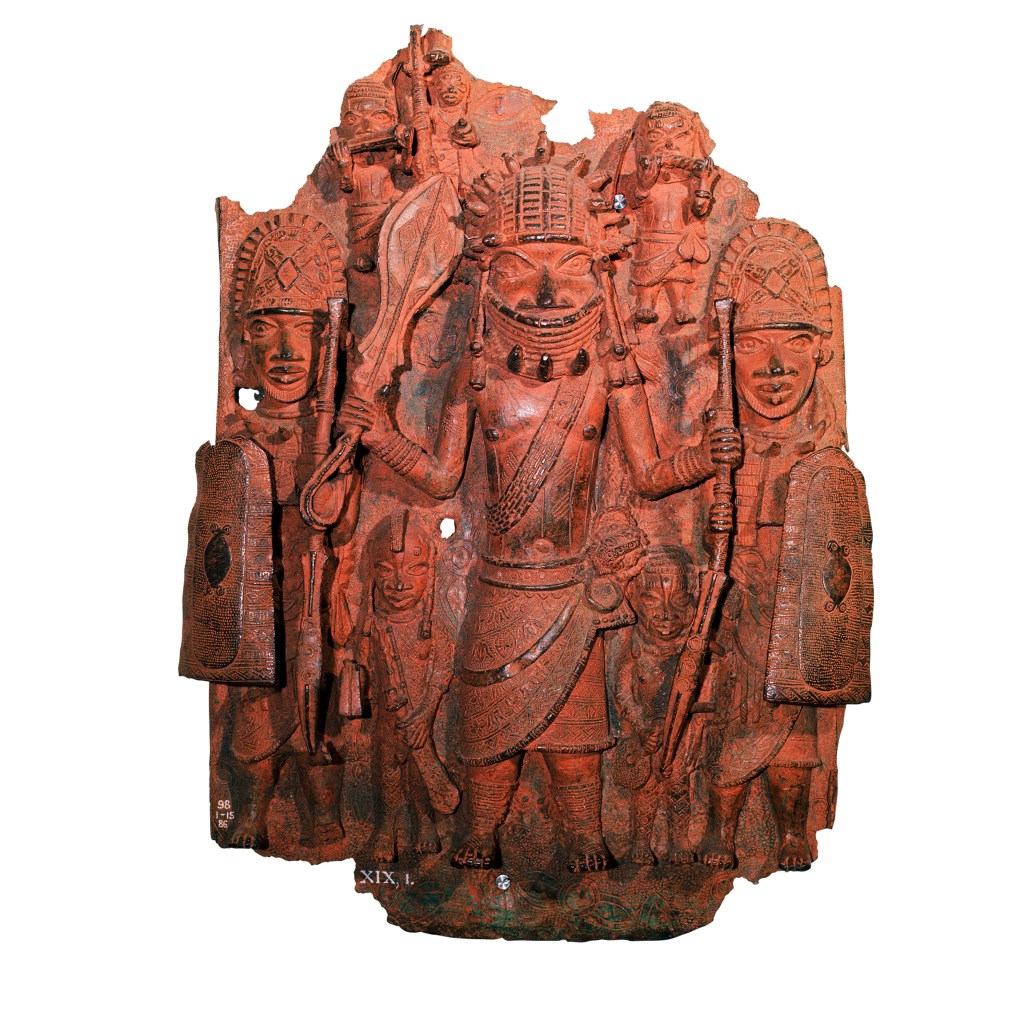
The Kingdom of Benin was in present-day Nigeria. Its royal palace was decorated with bronze sculptures. But in 1897, British soldiers stole the Benin Bronzes. They shipped them across Europe. Now museum officials have agreed to loan them to Nigeria. To prepare for the homecoming, Nigeria will build a museum to display them.
A Soldier’s Return
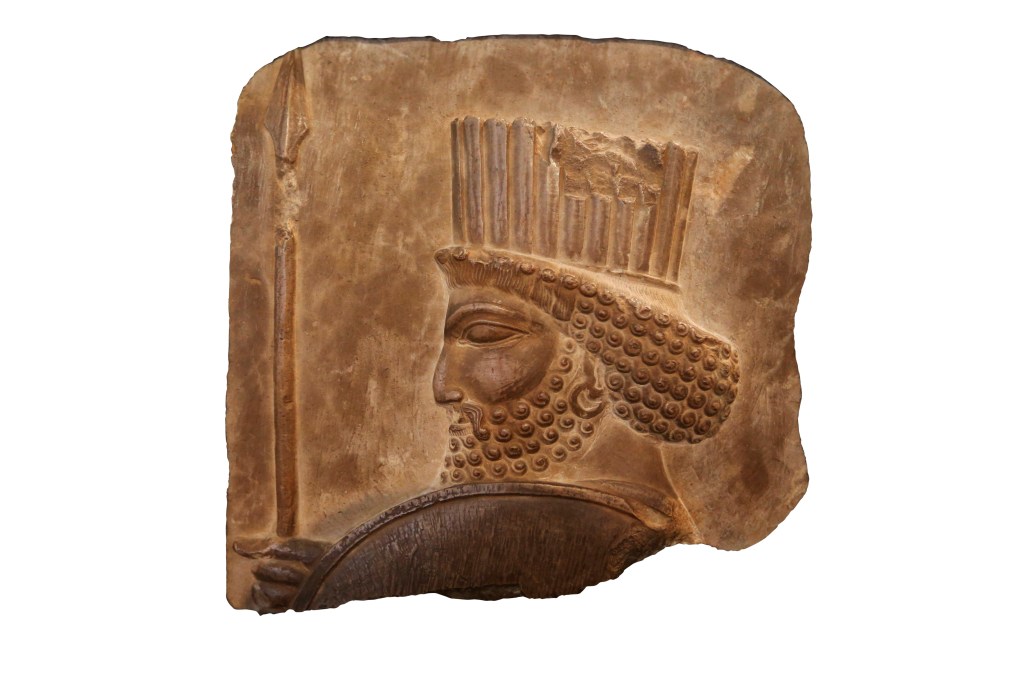
More than 80 years ago, part of an ancient sculpture of a Persian soldier was stolen in Iran. It was found in a museum in Canada. But it was stolen again. It turned up at an art fair in New York City in 2017. A judge ruled it should be returned to Iran. In October 2018, it was displayed in Iran’s National Museum.
Note: A previous version of the story included images of Hopi sacred objects. They have been removed at the request of the Hopi tribe. We have also removed the word mask from the story.
Assessment: Click here for a printable quiz. Teacher subscribers can find the answer key in this week's Teacher's Guide.











